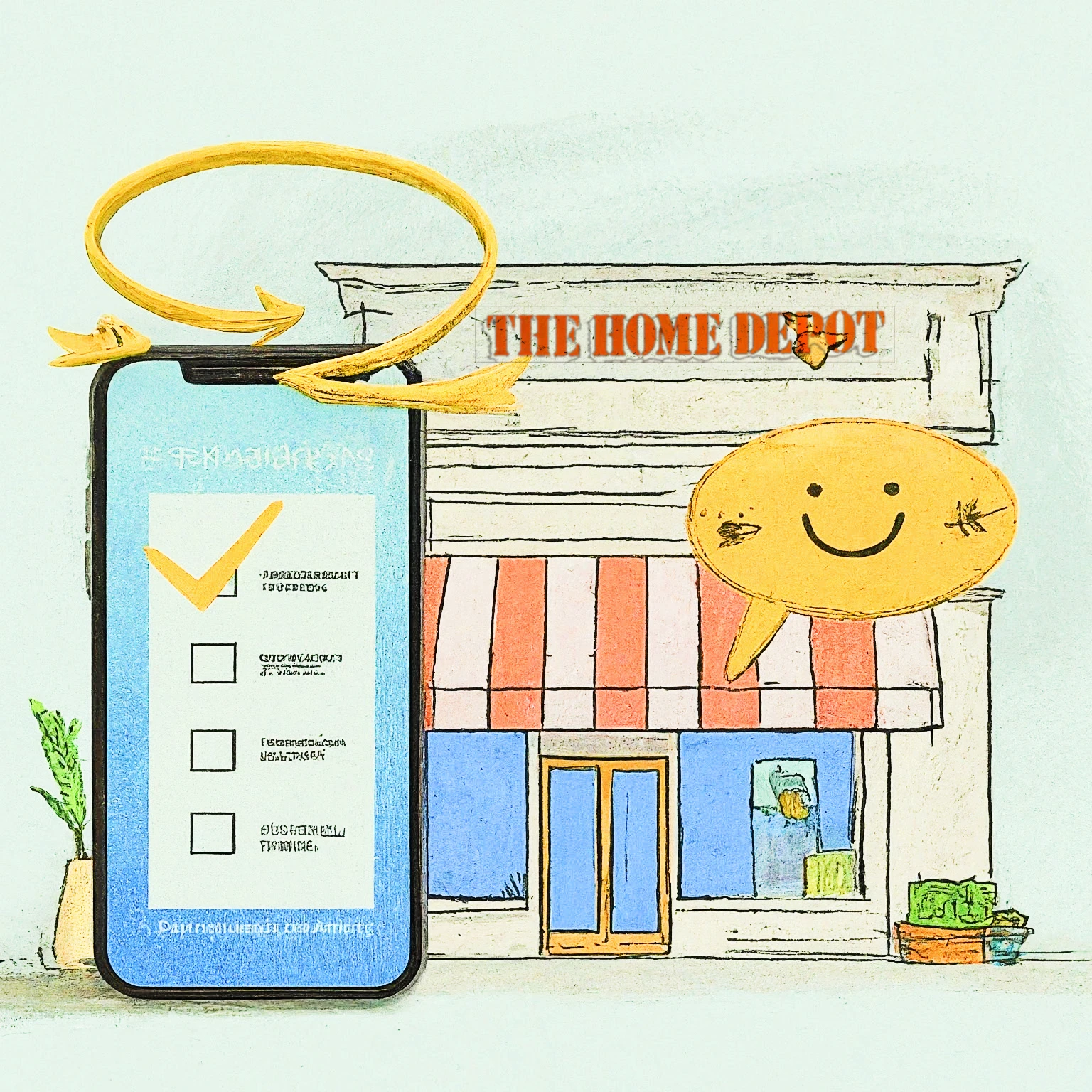In today’s experience economy, trust is paramount. Customers expect brands to not only deliver excellent products and services but to do so in a transparent, ethical, and empathetic way. Building deep customer trust is key to driving long-term growth and advocacy.
Brand trust significantly impacts business
Trust is a direct pathway to profitability in business. It accelerates transactions, enhances customer loyalty, and boosts productivity through stronger team cohesion. Research consistently shows that organizations thriving on trust enjoy increased revenues and sustained success, making trust an indispensable asset for driving profits.
Edelman’s 2020 Trust Barometer highlighted the importance of trust to brands across the themes of loyalty, engagement and advocacy:
- Loyalty: 75 percent of people with high brand trust say they will buy the brand’s product even if it isn’t the cheapest, it is the only brand of the product they’ll buy, and they will immediately check out a new product from that brand to purchase
- Engagement: 60 percent of people with high brand trust say they’re comfortable sharing personal information with the brand, and they pay attention to the brand’s communications
- Advocacy: 78 percent with high brand trust say they’ll likely share or repost content about the brand, they will recommend the brand to others, and they will defend the brand against criticism
Frameworks to Measure Brand Trust
Beginning the trust measurement journey requires a robust framework as your guide. While numerous examples exist, one of the most ubiquitous is the Net Promoter Score (NPS), celebrated for its ability to establish a benchmark, and track to other brands and industries. However, it’s crucial to acknowledge its limitations, as NPS is not a trust measurement, but a recommendation measurement. More about this is explored in the section titled “Can’t We Just Measure Net Promoter Score (NPS)?”
Below are a few common frameworks to consider that are more effective at measuring trust.
Government Guidelines on Measuring Trust
In December 2021, the U.S. government issued an Executive Order on Transforming Federal Customer Experience and Service Delivery to Rebuild Trust in Government. This order highlighted the urgent need for government agencies to rebuild public trust through improved customer experiences. It was then followed up with an in-depth report, Managing Customer Experience and Improving Service Delivery.
The key trust metric outlined in this order is a single question rated on a 5-point Likert scale:
This [interaction/service] increased my trust in [service provider]
Deviations are also permitted. For example, a form of this question could be: “Based on my experience calling the IRS, I trust the IRS is working in the best interest of the American public.”
Depending on the answer, there are follow up questions:



Harvard Business Review/Deloitte HX TrustID Survey
In 2022, the Harvard Business Review and Deloitte released the HX TrustID Survey, which offers a more comprehensive look at measuring brand trust. It is based on four components: Humanity, Transparency, Capability, and Reliability.
The survey asks respondents to state the extent they agree or disagree with the following statements:
- Humanity: [Brand] demonstrates empathy and kindness toward me, and treats everyone fairly.
- Transparency: [Brand] openly shares information, motives, and choices in straightforward and plain language.
- Capability: [Brand] creates quality products, services, and/or experiences.
- Reliability: [Brand] consistently delivers on promises and experiences.
The survey then asks 4 follow up questions per component. Ultimately it provides a methodology to calculate the HX TrustID score.
The Trust Equation
The Trust Equation was released in 2000 by Charles H. Green, Andrea P. Howe, and David H. Maister. Although it is based on an individuals ability to garner trust, it is also relevant for brands to consider. It highlights that trust is made of: credibility, reliability, intimacy, and self-orientation.
- Credibility: Perceived expertise and trustworthiness in a specific field
- Reliability: Consistent fulfillment of promises and obligations
- Intimacy: Establishment of strong emotional connections and understanding.
- Self-orientation: Prioritization of personal interests over others’ needs or concerns.

Additional critical factors
Measuring trust goes beyond just the customer experience. Increasingly, consumers consider a brand’s stances on social justice, the environment, and ethical issues when deciding which companies to support.
Do the brand’s policies and practices align with values of equity, sustainability, and social responsibility? Is the company transparent about its supply chain, labor practices, carbon footprint, and other operational impacts? Taking a stand on important societal issues in an authentic way is crucial for earning public trust.
Similarly, how much data does the company gather about its customers, and how securely is it safeguarded? Furthermore, what are the company’s policies regarding the use and sharing of this data? Such considerations play a pivotal role in cultivating trust.
A Nuanced Measurement Approach Is Needed
Measuring trust requires a multi-pronged, nuanced approach that accounts for myriad factors. Simple surveys alone are not enough.
Qualitative Research is Critical
Before embarking on any trust measurement initiative, it’s critical to first conduct qualitative research to deeply understand the specific drivers and inhibitors of trust for your brand, products, and services.
Immersive interviews, ethnographic studies, and other qualitative methods are essential for uncovering your customers’ unique perspectives on what builds or erodes their confidence in your organization. These insights should then be used to carefully construct surveys and other trust metrics tailored to your specific context.
Complement with Analytics
Analytics and operational data should complement your qualitative research and survey findings. Customer analytics sources like complaints, social media sentiment, usage patterns, engagement metrics, and operational success rates can provide additional quantitative signals of trust. Segment this data across key demographics, personas, and behavioral cohorts to gain an intersectional view.
Define a Plan to Activate Insights
Measuring trust is just the first step – the true value lies in activating those insights to foster deeper customer confidence. Some steps to take:
- Build a trust measurement strategy and socialize it with other groups and leaders
- Execute mixed methods research every six months to a year to understand how trust is changing
- Establish a cross-functional trust council to analyze the research findings and analytics.
- Identify priority areas for improvement and develop a roadmap
- Empower teams to experiment with new approaches, like holding co-creation sessions with customers to ideate on innovative ways to build trust.
- Consistently communicate your trust-building efforts through multiple channels.
By taking decisive action guided by robust insights, you can evolve your product and service experiences to be truly built on a foundation of unwavering integrity that strengthens bonds with your audience.
Can’t We Just Measure Net Promoter Score (NPS)?
Many organizations rely on Net Promoter Score (NPS) as their primary measure of customer sentiment.

While NPS offers the benefit of being a widely adopted and benchmarkable metric, it has several limitations when it comes to assessing trust:
- The question is about recommendation, not trust. As an example, one might recommend finding out their credit score from one of the three credit agencies, but many don’t trust those companies.
- NPS doesn’t account for the full range of factors that contribute to trust, like empathy, transparency, ethics, and reliability.
- Recommendation is distinct from trust. You may like a brand’s product but have concerns about their ethical behavior or honesty. Trust is far more nuanced than pure recommendation.
- NPS is overly binary, asking respondents to rate their likelihood to recommend (0-10). The difference between a rating of 6 (detractor) and 7 (passive) is unclear, as are the distinctions between scores of 8 (passive), 9 (promoter).
The Importance of Measuring Trust
While NPS and other customer satisfaction metrics are important, building deep customer trust is mission critical. When customers feel they can truly rely on your organization to be transparent, empathetic, principled, and accountable, it opens the door to greater loyalty, advocacy, and business success. Measuring trust takes effort, but the payoff of retaining and growing a base of confident, steadfast customers is immense.
As experience makers and leaders, we must commit to not only delivering excellent customer experiences but doing so in a way that cultivates true trust at every interaction. Invest in robust trust insights and let them be your lodestar as you design, build, and optimize experiences that consistently show integrity, competence and genuine care.




